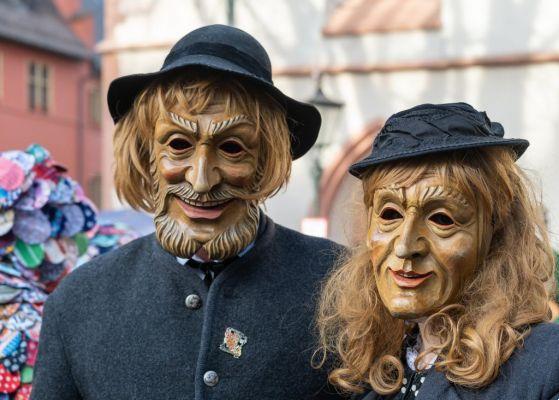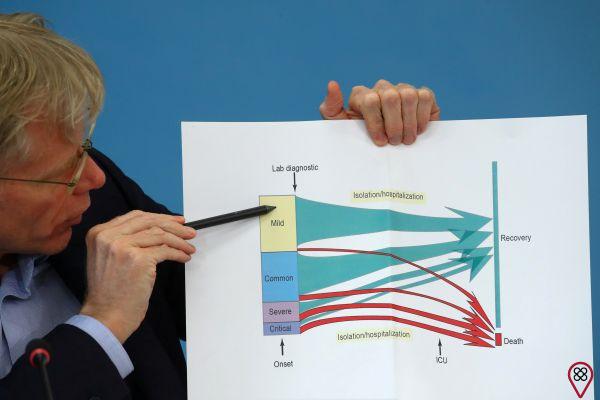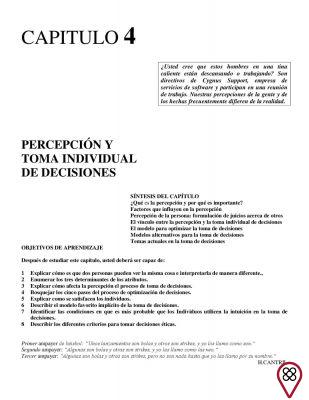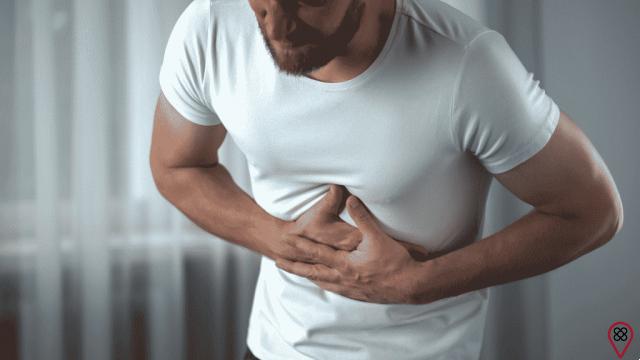Who hasn't felt moody, tired, easily irritable after a bad night's sleep? This is because a good night's sleep is essential for us to have the necessary disposition to face everyday tasks. Sleeping well is as important for the proper functioning of our body as eating properly and staying hydrated.
During sleep, our brain undergoes a kind of “detox”. In addition to being a way to rest and recover the energy spent the previous day, sleep is responsible for keeping our endocrine, neurological and immune systems balanced. Sleeping well is also essential for our memories to be fixed, making us learn more easily.
For a monophasic sleep routine – that is, when we sleep for long periods without interruption – it is recommended to sleep six to eight hours a day. This recommendation is made because the cycle of our sleep is made up of different phases, which perform different functions in our body and in our psychology.
However, we are not always able to follow this cycle to the letter. He often finds himself disturbed and even broken due to external reasons such as stress, an unbalanced diet, drinking large amounts of alcohol, using stimulant substances such as caffeine, or even genetic conditions. When this occurs, we can suffer from some sleep disorders. Find out more about the sleep cycle, its phases and possible disorders below.
The sleep cycle and its phases
From the moment we fall asleep until we wake up, sleep follows a sequence of phases that together constitute a cycle. As the person falls asleep, the phases become deeper and deeper, until the body reaches REM sleep, one of the most important stages so that, when we wake up, we feel more rested and relaxed.

Altogether, most people go through the six-phase cycle:
1) They are phase 1 levers;
2) They are phase 2 levers;
3) Phase 3 deep sleep;
4) They are phase 2 levers;
5) They are phase 1 levers;
6) REM sleep.
Once REM sleep is reached, our body returns to the first stage, repeating each of the stages until REM is reached again. Thus, the cycle repeats itself throughout the night, following this pattern.
Each sleep cycle lasts approximately 90 minutes, which increases throughout the night, reaching an average of up to 100 minutes per cycle. A healthy adult has approximately four or five cycles in a night, hence the importance of getting six to eight hours of sleep.
They are levers (phase 1)
This phase lasts about 10 minutes. It starts as soon as we close our eyes and our body begins to fall asleep, and it is possible to wake up easily with noise or external stimuli.
During the light sleep of the first stage, our breathing becomes slower. Many people experience the sensation of falling during this stage. As it is the lightest phase of our sleep cycle, we can move around in bed and even open our eyes as we try to fall asleep.
They are levers (phase 2)
At this stage, our body is already relaxed and asleep. However, our mind is vigilant, making it possible to wake up easily. Its duration reaches 20 minutes and can be the phase in which the body stays longer within the cycles. This stage is still quite recurrent in people who say they are a “light sleeper”.

I am profundo (phase 3)
During this phase, our muscles relax completely. Our body becomes more resistant to external stimuli, making it more difficult to wake up. This happens because at this stage our mind is “off”. During it, our body will recover from minor injuries that we have suffered while we are awake.
I'm REM (stage 4)
This is the last phase of the sleep cycle. Starting 90 minutes after we fall asleep, it lasts for approximately 10 minutes. Its name comes from the English Rapid Eye Movement (rapid eye movement, in Portuguese) and refers to the intense movement of our eyes during this stage of sleep, which with each cycle becomes longer, reaching up to 30 minutes in duration.
REM sleep is also characterized by an increase in heart rate and the appearance of dreams. In addition, it is at this stage that sleep disorders usually occur, some of which we list below.
Recurrent sleep disorders
Sleep disorders are disorders that prevent people from falling asleep or having a peaceful night's sleep. Many factors can disrupt our sleep, such as sleeping at irregular times throughout the day, stress, diet, illness, and substance abuse.

Insomnia
One of the most frequent disorders is insomnia. Its causes are diverse, but it is commonly associated with mental disorders such as generalized anxiety and depression. Those who have insomnia suffer from difficulty falling asleep and staying in deep sleep for the time necessary for the body to recover the energy spent the previous day.
Because they are unable to enjoy the rest of deep sleep, people with insomnia wake up feeling like they haven't gotten enough sleep during the night. This condition, which affects around 70 million Spanish people, according to a survey by the Spanish Sleep Association, is serious and disabling. Because they don't get a good night's sleep, insomniacs can't resist falling asleep during the hours they should be awake, such as when driving a car.
Somnambulism
A disorder of unknown cause, sleepwalking is a parasomnia that manifests itself during the first stages of sleep, also known as “non-REM”. This disorder is characterized by the performance of motor activities without the person being aware of what they are doing.
People who suffer from this condition even walk around the house and even talk to other people. Sleepwalking begins about an hour or two after a person has fallen asleep. Because they are in a state between sleep and wakefulness, they will hardly be able to remember the events when they wake up.
The duration of sleepwalking episodes varies from person to person, ranging from seconds to half an hour. Its highest incidence is among children and adolescents. However, there are adults and seniors who can be affected by this disorder.
Sleep apnea
This is a condition that disorganizes breathing movements. One of the main sleep disorders, it is characterized by partial or total obstruction of the airways while we sleep.
Among the most common symptoms of this syndrome are snoring, interruption of breathing and excessive sleep throughout the day. In more severe cases, the person usually wakes up with a feeling of suffocation, with esophageal reflux, laryngeal spasms and an excessively dry mouth.

Sleep apnea has several unpleasant consequences for its sufferers. In addition to headache in the morning (considered one of the most common manifestations), this syndrome can cause irritability, depression, sexual impotence and difficulty concentrating or staying awake in activities that require attention. It can also be associated with myocardial infarction, strokes and cardiac arrhythmias.
You may also like
- Learn more about lucid dreaming, also called out-of-body experience
- These habits could be keeping you awake at night. Find it out!
- Learn how good breathing can improve your night's sleep
Sleep paralysis
Have you ever woken up in the middle of the night with the agonizing feeling of not being able to move or speak? You may have suffered from sleep paralysis. Roughly speaking, sleep paralysis happens when there is a mismatch between brain and body activity. That way, we become conscious before our body knows.
This condition is accompanied by visual, tactile, and auditory hallucinations, which are often thought of as paranormal activities. The most common hallucinations are the sensation of heaviness and pressure on the chest, figures moving around the room and also the impression of floating out of the body.
Its causes are uncertain and may be associated with other sleep disorders, such as narcolepsy (when you sleep excessively during the day). Sleep paralysis can also be related to hormonal imbalances, stress and mental disorders such as depression and chronic anxiety.
seek help
There's nothing a good night's sleep can't fix! When we sleep poorly and suffer from a sleep disorder, our days are more tiring and dull. So, if you are experiencing any of these disorders mentioned above, seek an expert!
Maybe it's time for a polysomnography (or sleep test). With this test, the doctor will be able to map your sleep, find out what is making you sick and then look for solutions and alternatives for the disorder you are experiencing.

























